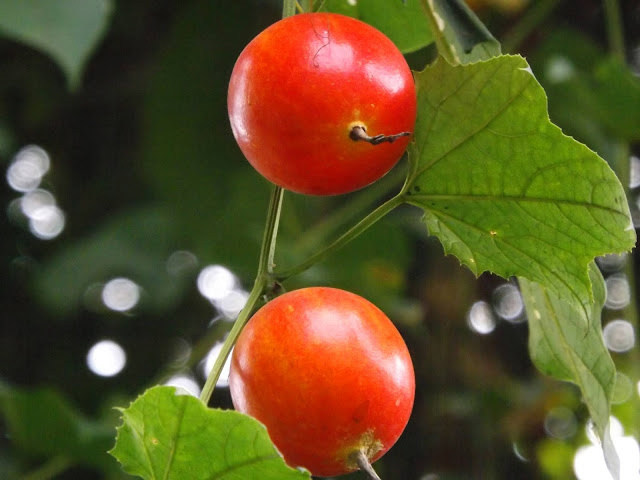Babla or Babul, Vachellia nilotica
Babla or Babul (Vachellia nilotica, family: Fabaceae) is medium-sized deciduous tree with profuse branches and spines, attaining a height of 15-20 m. Bark is grey. There are spines (3-4 cm long) and soft hairs in branches. Sapwood is hard and reddish white. The fast-growing tree is drought tolerant. Reddish gum comes out from its stem. Its pods also give gum. It is found mostly in the Northwest region of Bangladesh. Outside the country it is found in the tropical and suptropical areas of Africa and Asia.
Other names: Thorny acacia, Gum arabic tree, Egyptian acacia, Thorn mimosa.
Leaves are bipinnate, 10-20 leaflets in each pinnae, tiny, light green, pubescent.
Flowers are bright yellow in axillary round head, 2.5-3 cm wide. Flowering occurs in summer. Fruits are pods (10-12 cm long) with whitish hairs. Seeds 8-12. The propagation of the plant is caused by seeds.
It is used in diarrhoea, typhoid, spraining, malnutration and breast sore. Pods increase the flow of cow milk. Its sap is useful in diabetes. Plow and bullock cart wheels are made of its wood. The teeth can be brushed with its branches. The tree is so beautiful that in some countries it is planted as an avenue tree.
Synonyms: Acacia arabica, Acacia arabica var. adansonii, Acacia nilotica var. adansonii, Acacia nilotica subsp. nilotica, Acacia scorpioides, Acacia vera, Mimosa arabica, Mimosa nilotica, Mimosa scorpioides.








Comments
Post a Comment